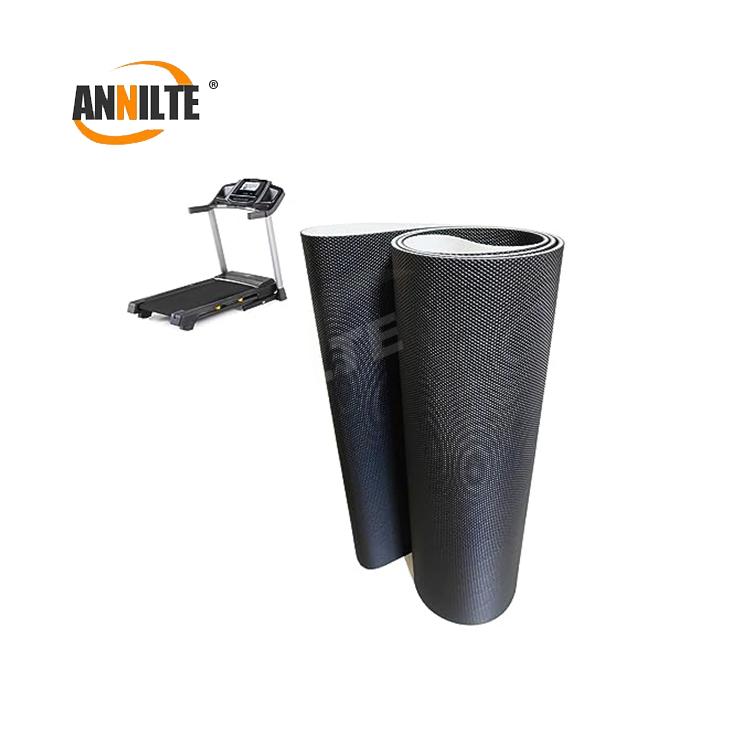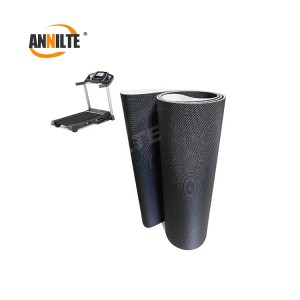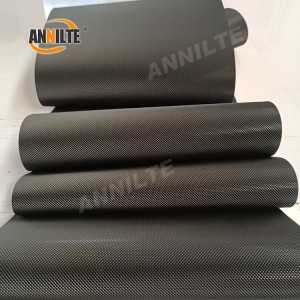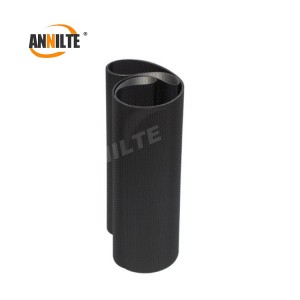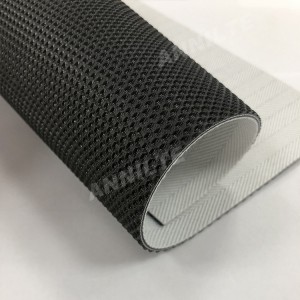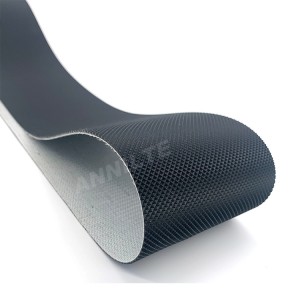Refreshing Your Treadmill Experience: A Guide to Replacing Your Treadmill Belt Introduction
As a dedicated treadmill belt manufacturer, we understand that the performance and longevity of your treadmill depend on the quality and condition of its belt. Over time, due to regular use and wear, even the most durable treadmill belts will need replacement. In this article, we’ll guide you through the process of replacing your treadmill belt, ensuring that your fitness journey continues smoothly and safely.
Signs Your Treadmill Belt Needs Replacement
Before we delve into the replacement process, let’s discuss the signs that indicate it’s time for a new treadmill belt:
1,Excessive Wear and Tear: If you notice fraying edges, cracks, or thinning areas on your treadmill belt, it’s a clear sign that it has undergone significant wear and may compromise your safety during workouts.
2,Uneven Surface: A worn-out treadmill belt might develop an uneven surface, leading to inconsistent performance and an uncomfortable running experience.
3,Slipping or Jerking: If you feel your treadmill belt slipping or jerking while in use, it’s likely due to a loss of grip or alignment issues, indicating the need for a replacement.
4,Loud Noise: Unusual squeaking, grinding, or loud noises during operation might indicate a problem with the belt’s structure, warranting a closer look.
5,Reduced Performance: If your treadmill’s performance has noticeably decreased, such as increased resistance or an irregular pace, a worn-out belt might be the culprit.
Steps to Replace Your Treadmill Belt
Replacing your treadmill belt is a straightforward process that requires careful attention to detail. Here’s a step-by-step guide to help you through it:
1,Gather Your Tools: You’ll need a few basic tools, including a screwdriver, an Allen wrench, and a replacement treadmill belt that matches the specifications of your original belt.
2,Safety First: Disconnect the treadmill from the power source to ensure your safety while working on the belt replacement.
3,Access the Belt Area: Depending on the treadmill model, you might need to remove the motor cover and other components to access the belt area. Refer to your treadmill’s manual for specific instructions.
4,Loosen and Remove the Belt: Use the appropriate tools to loosen and remove the tension on the existing belt. Carefully detach it from the motor and rollers.
5,Prepare the Replacement Belt: Lay out the replacement belt and ensure it’s aligned correctly. Check the manufacturer’s instructions for any specific guidelines.
6,Attach the New Belt: Gently guide the new belt onto the treadmill, aligning it with the rollers and motor. Make sure it’s centered and straight to prevent any uneven movement.
7,Adjust Tension: Using the appropriate tools, adjust the tension of the new belt according to your treadmill’s manual. Proper tension is crucial for smooth operation and longevity.
7,Test the Belt: After installation, manually turn the treadmill belt to check for any resistance or misalignment. Once you’re satisfied with the placement, reconnect the power source and test the treadmill at low speeds before resuming regular use.
Replacing your treadmill belt is a necessary maintenance task that ensures the continued performance and safety of your exercise equipment. By recognizing the signs of wear and following the steps outlined in this guide, you can seamlessly replace your treadmill belt, allowing you to get back to your workouts with confidence. Remember, if you’re unsure about any aspect of the replacement process, consult your treadmill’s manual or consider seeking professional assistance to ensure a smooth and successful transition to your new belt.


